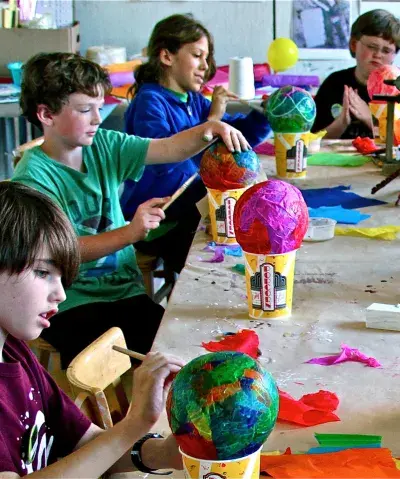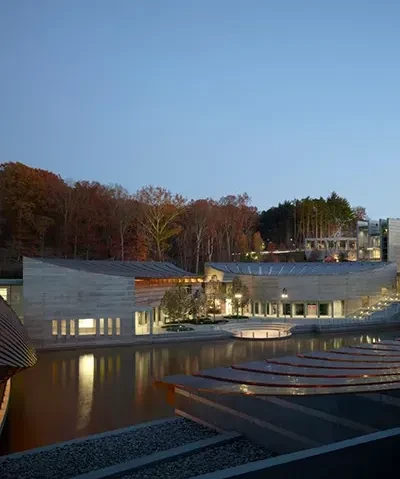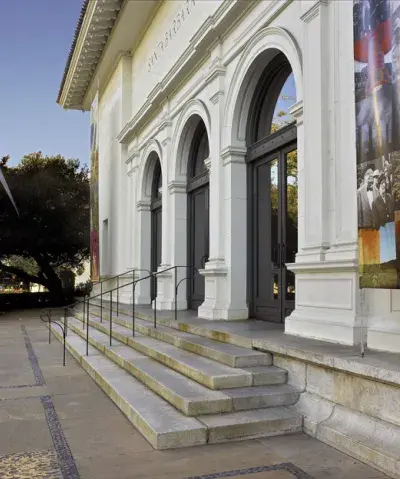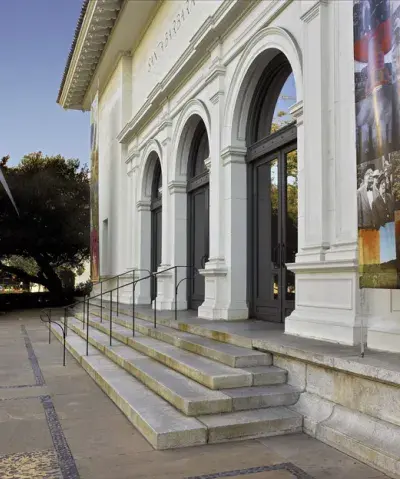Mission
The mission of the Santa Barbara Museum of Art is to integrate art into the lives of people.
Strategic Plan – Summary Version
Strategic Plan Summary
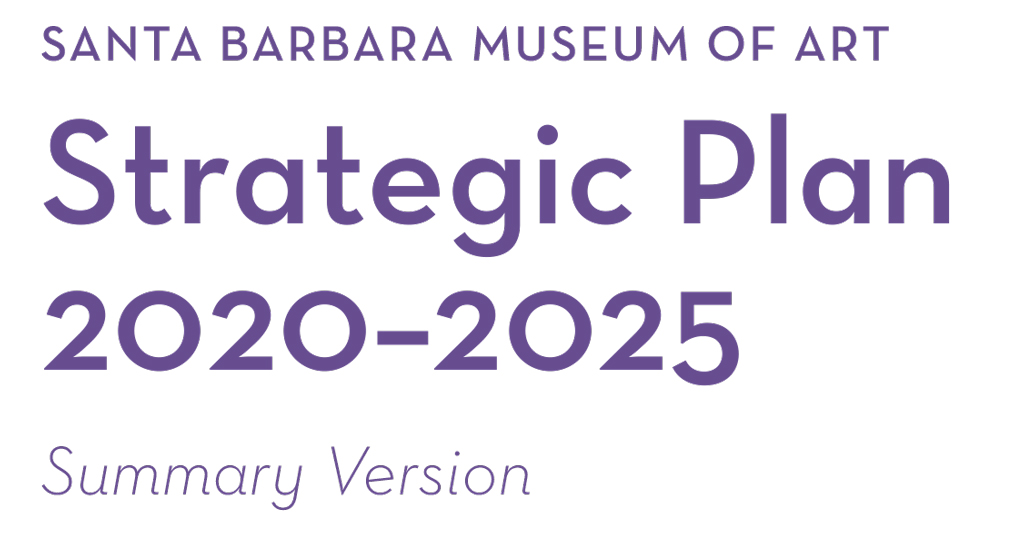
Quick Facts about SBMA
- Comprises 25,000 works of art – an art museum of magnitude and quality more commonly found in cities eight times the size of Santa Barbara
- Spans more than 5,000 years of human creativity
- Includes classical antiquities rivaled in the West only by the J. Paul Getty Museum
- Includes masterpieces of French Impressionism, plus four works by Claude Monet
- Presents at its front door Portrait of Mexico Today, 1932, the only intact mural in the United States by David Alfaro Siqueiros, and capstone of the Museum’s distinguished collection of Latin American art
- Brings world-renowned exhibitions to Santa Barbara
- Originates exhibitions that travel to museums across the Americas and Europe
- Welcomes approximately 70,000 visitors to exhibitions and activities each year
- Provides education programs to over 40,000 people in Santa Barbara County each year, free transportation for school groups and after-school activities, and free California State Standard based education programs for Santa Barbara School district students in grades K-12
- Receives less than 1% of its budget from government grants and no regular tax dollars
- Spends approximately 20% of every dollar on education programs
Audience
As one of the leading art museums on the West Coast, the Santa Barbara Museum of Art serves a diverse audience of approximately 70,000 people annually. The Museum offers a wide variety of educational and interpretive programs to this broad audience. Our 75-member Docent Council provides over 800 gallery tours and slide talks annually.
Permanent Collection
The Museum’s collection of the arts of Asia, Europe, and the Americas includes paintings, sculpture, prints, drawings, photographs, ceramics, glass, jades, bronzes, lacquer, and textiles. The broad areas in which SBMA holds a significant number of works of exceptional quality include international antiquities from China, India, Greece, Rome, Egypt, and the Near East and 19th-, 20th-, and 21st-century art from Asia, Europe, and the Americas. Particular strengths of the collection are 19th- and 20th-century American and European art, contemporary American painting, photography, and the arts of Asia, especially China.
Education
Throughout its history the Museum has been bringing people and art together through a broad array of formal and informal learning opportunities for all ages, both in the Museum and out in the community. The Museum provides forty art education programs to over 40,000 people annually. These include academic, outreach and after school programs for K-12th grade students, activities and events for families, classes for college students and lifelong learning opportunities for adults and seniors. In addition, the Museum regularly organizes and hosts lectures, symposia, film series, and focused gallery tours for the Museum’s major exhibitions. Many of these programs involve collaborations with community organizations, schools and teachers, colleges and universities, as well as selected artists.
As an educational institution, SBMA has the following goals:
- To provide life-enhancing experiences with works of art;
- To provide art experiences that encourage an individual’s cognitive and empathetic growth;
- To promote the idea that life-enhancing experiences with works of art have both private, individual benefits, as well as community benefits;
- To provide studio art instruction in the context of the Museum’s collections and exhibitions;
- To increase community participation in the Museum, especially among under-served audiences;
- To facilitate informed discussion on artistic and cultural issues of interest to the community.
Commitment
Recognizing that art museums play a constructive role in society, we are committed to:
- Serve and educate the public;
- Champion a breadth of artistic expression;
- Enhance quality of life in the community;
- Accomplish these though the collection, research, preservation, and exhibition of works of art and the advancement of knowledge about them; and
- Succeed as an organization through effective interdependence, collaboration and innovation.
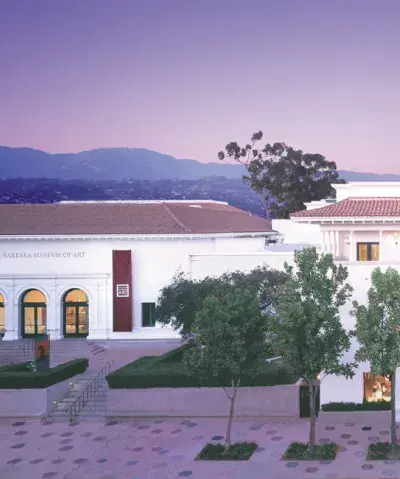
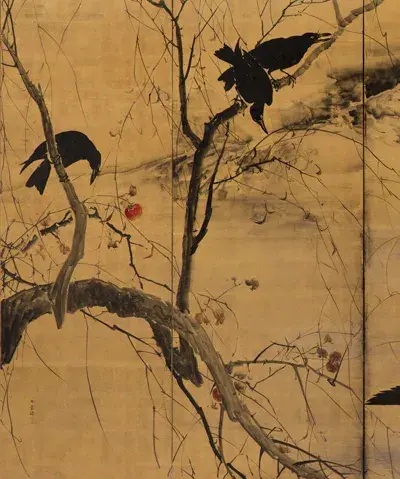
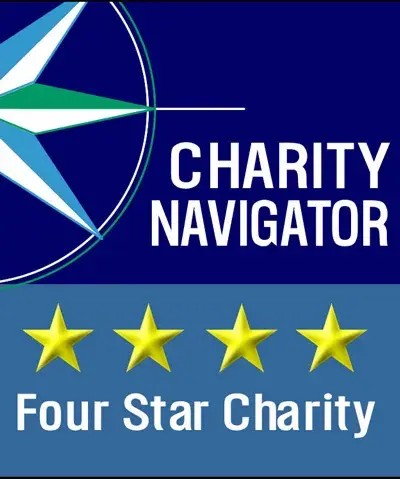
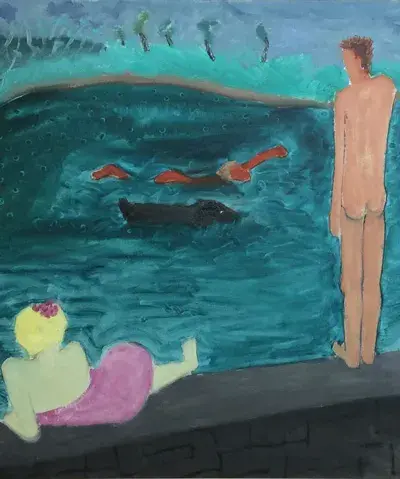
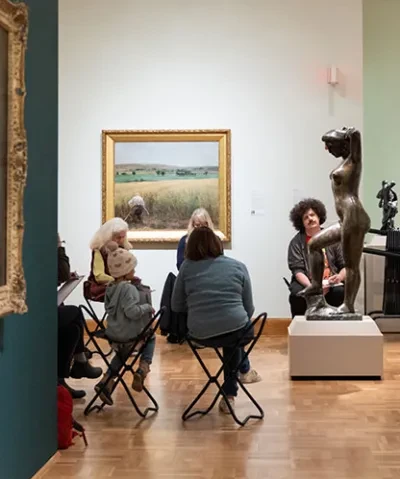
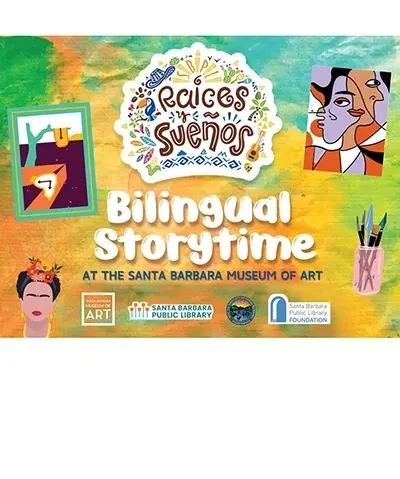
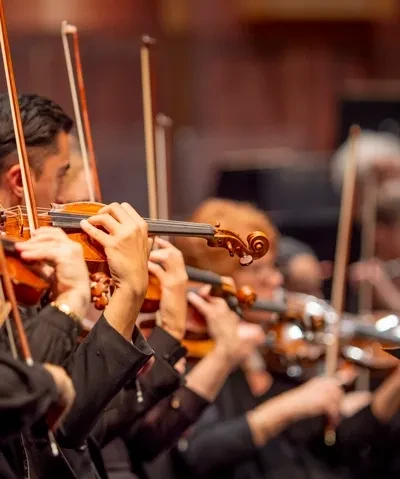
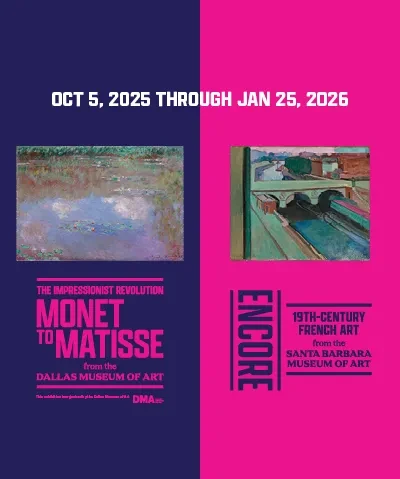
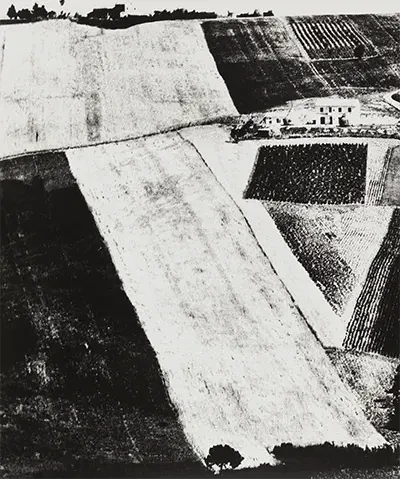
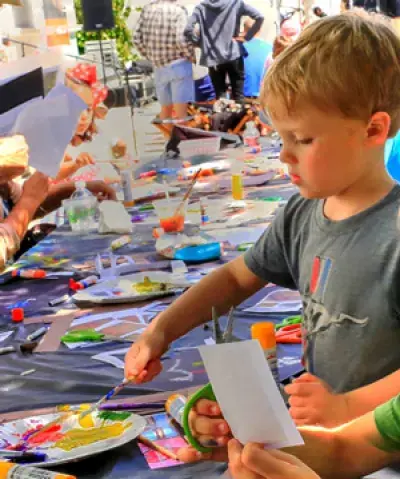
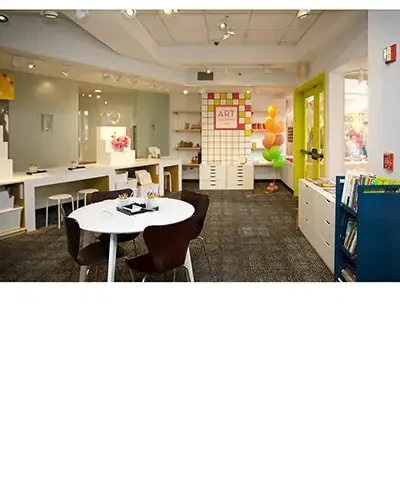
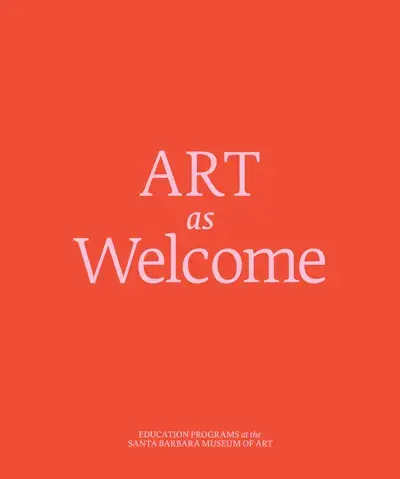
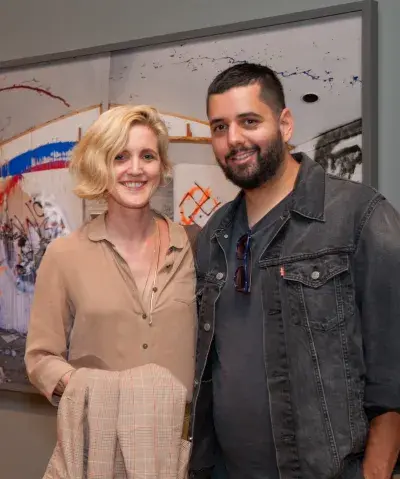
![memberseve[1]](https://www.sbma.net/sites/default/files/styles/menu_thumbnail_400_480/public/menu/memberseve%5B1%5D.jpg.webp?itok=hIz01lpc)
